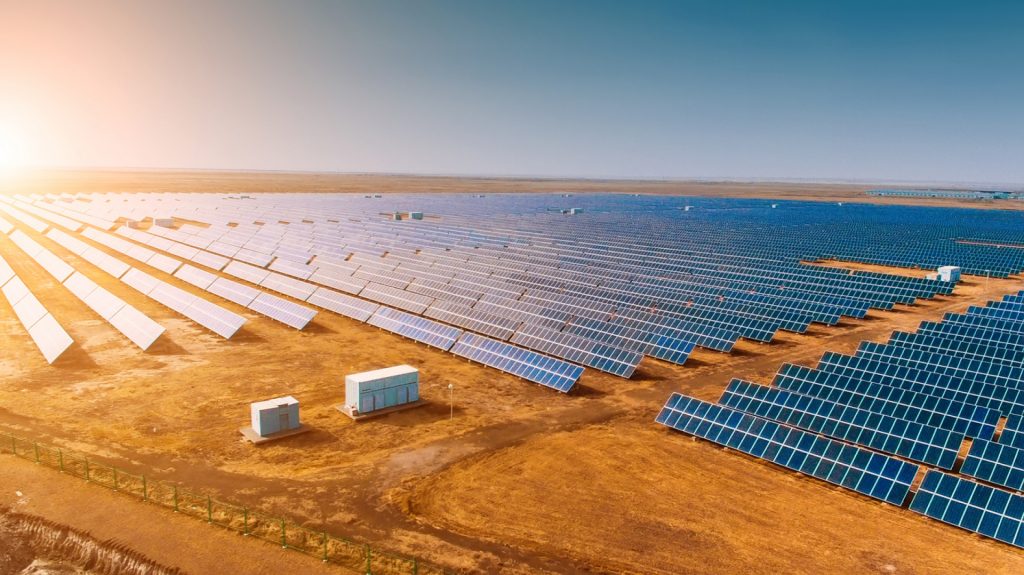The U.S. has taken it upon itself to transform former Cold War nuclear sites into energy behemoths that generate clean juice. The trusty Department of Energy is leading this charge, with a big goal in mind: net-zero emissions before 2050. Seems like we can breathe easy again.
Back in the days of the Cold War, Uncle Sam littered several states with nukes – and many of these weapons are currently gathering dust on huge swaths of open land. To make better use of this dormant land, our government has okayed the Cleanup to Clean Energy plan – meaning some of these sites are about to get a very green renovation. We’re talking wind farms, solar panel meadows; all kinds of renewable energy stuff.
The DOE has identified over 70,000 acres (283 square kilometers) of land spread across five states and aims to revitalize these areas by opening them up to clean energy initiatives. These locations, which were previously designated for national security objectives and already have established power users and workforces, are excellent candidates for repurposing.
Hanford Site in Richland, Washington; Idaho National Laboratory in Idaho Falls, Idaho; Nevada Nuclear Security Site in Nye County, Nevada; Savannah River Site in Aiken, South Carolina; and Waste Isolation Pilot Plant in Carlsbad, New Mexico are the chosen locations for potential clean energy redevelopment. These locations have undergone expensive decommissioning and decontamination despite their past significance in generating plutonium and uranium for atomic weapons.
Jennifer Granholm, America’s current Energy Secretary, spoke confidently at a recent event that certain zones were now 100% safe and could be used for the great purpose of clean energy. The Clean Energy initiative also includes incorporating atomic power plants in the grid to ensure a sustainable longterm future.
It’s no surprise that the US is on edge about China’s rise in the clean energy realm. The Asian superpower has crafted some really incredible solar and hydropower plants, tapping into the Gobi desert for extra juice. Nuclear power is also a specialty of theirs, giving them a leg up on intermittent renewable energy sources.
While exact details about the clean energy projects’ specific locations and timelines have not been disclosed, industry experts with experience in generating clean energy at capacities of 200 MW and above have been involved in the recent event. To keep pace with China’s advancements, the US must act promptly.
In repurposing former Cold War atomic sites for clean energy production, the US is not only fostering a sustainable future but also revitalizing once-contaminated lands. This progressive endeavor aims to make the nation more resilient and eco-friendly, inching closer to the ambitious environmental goals set for the coming decades.

